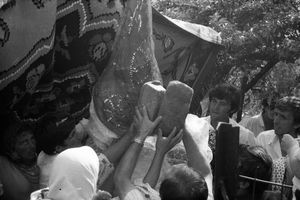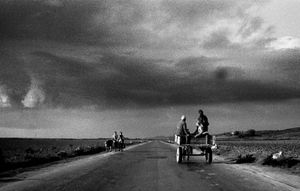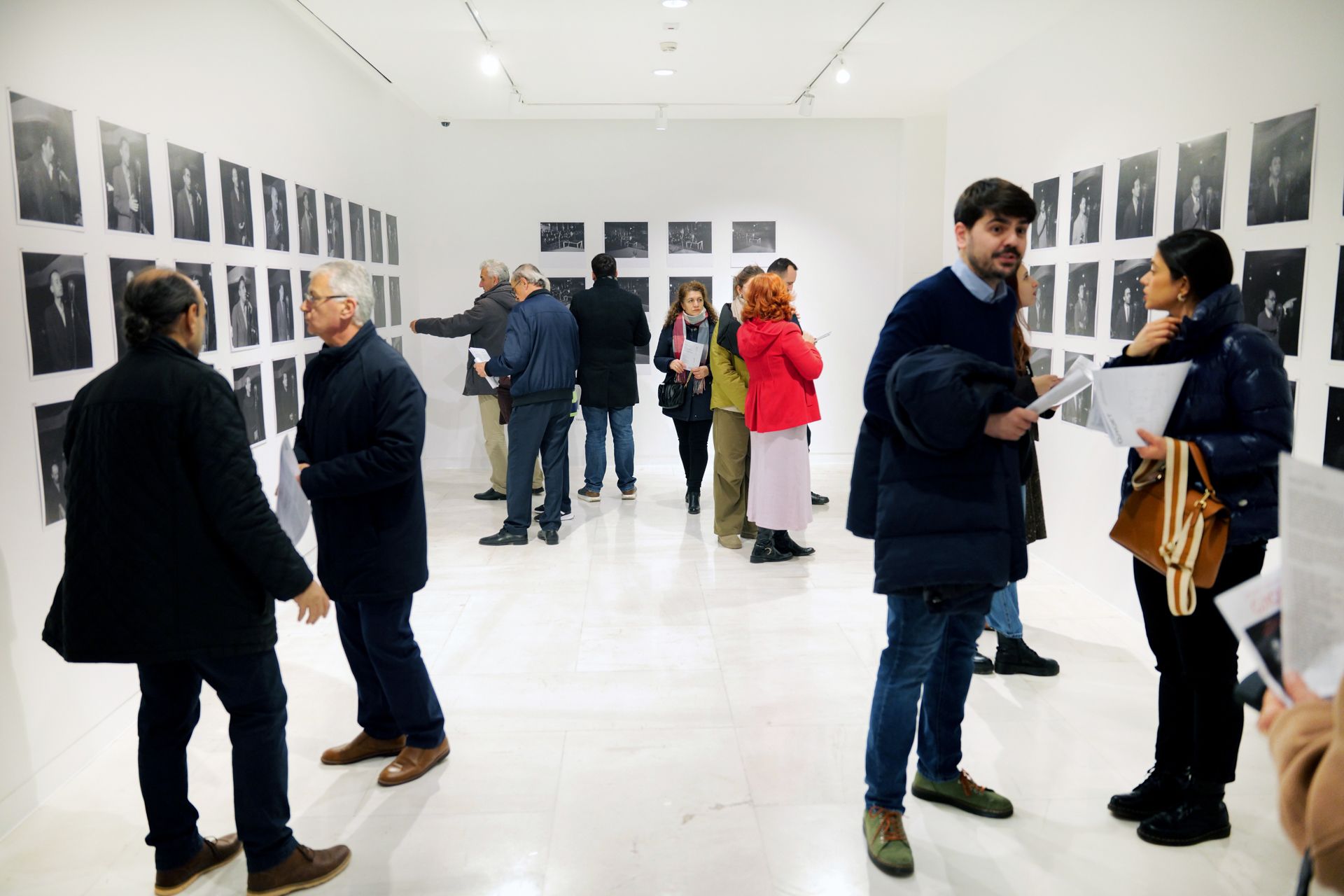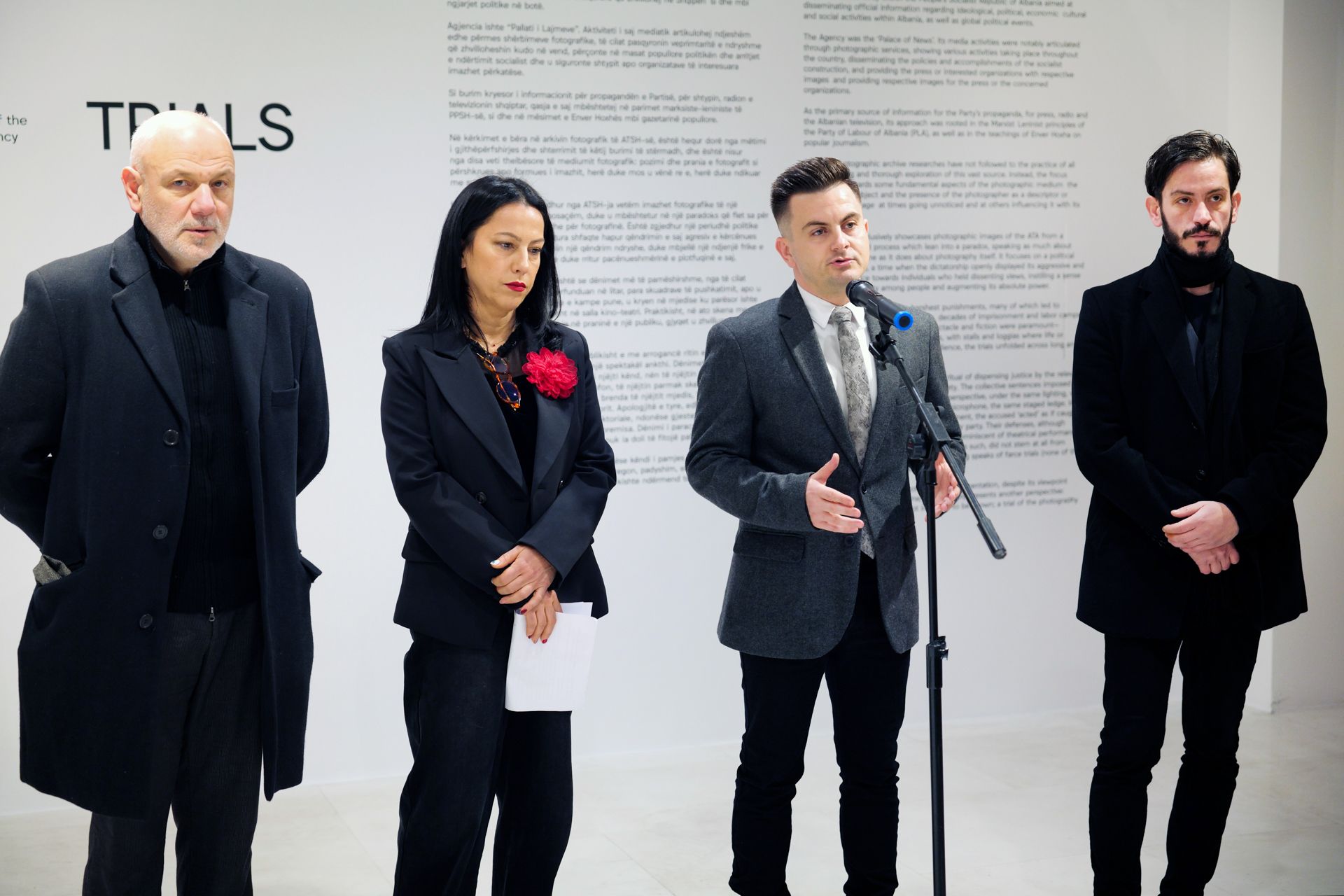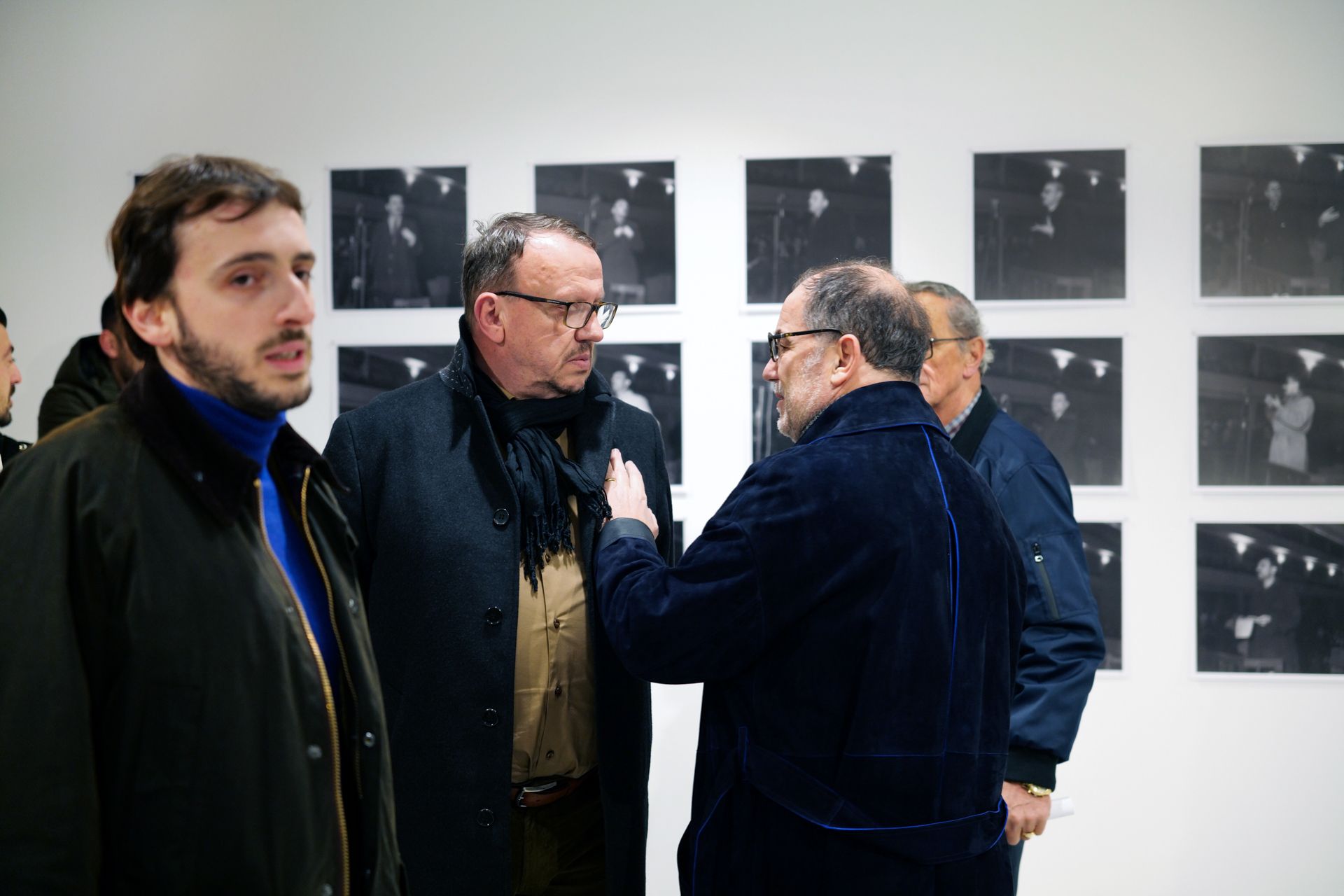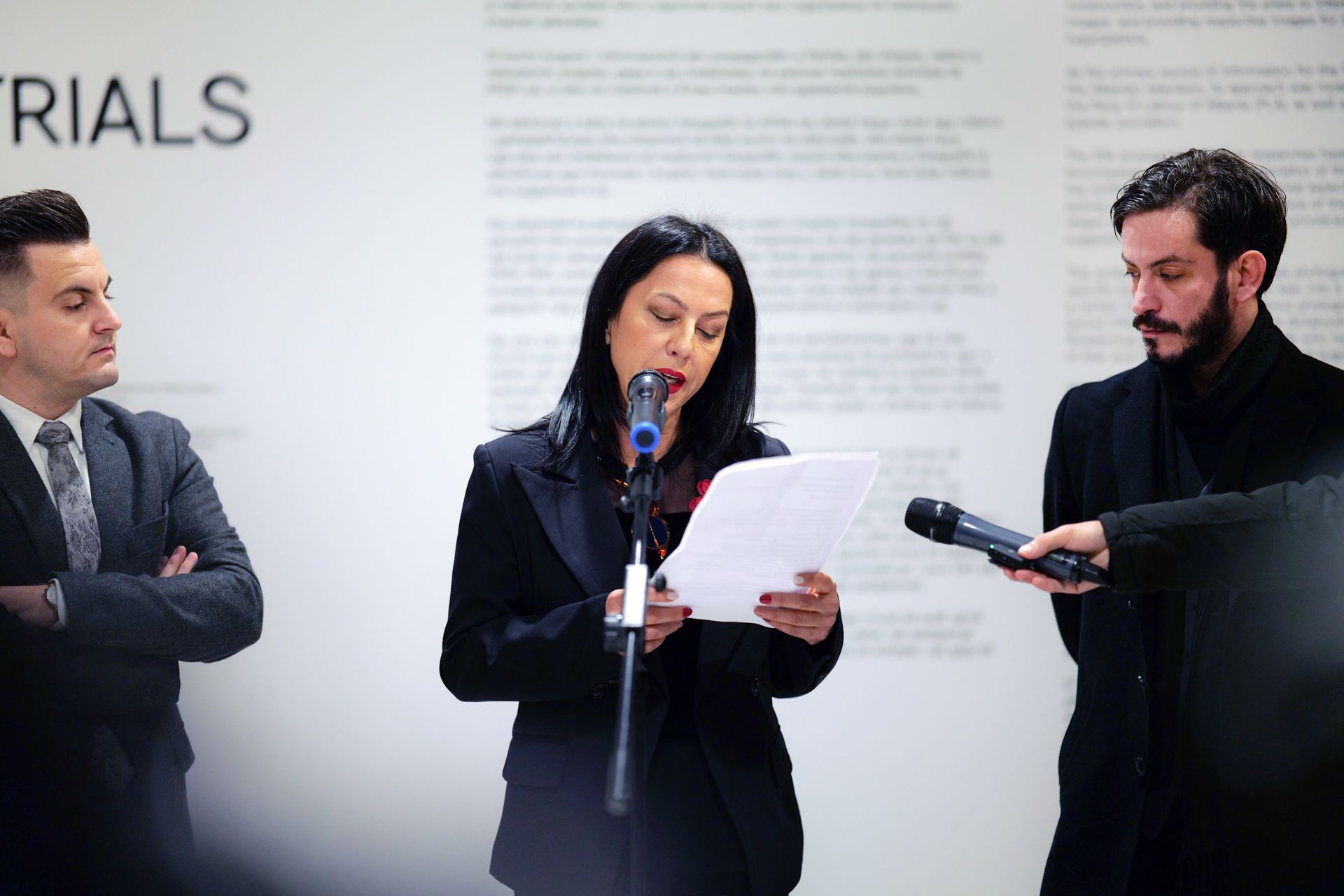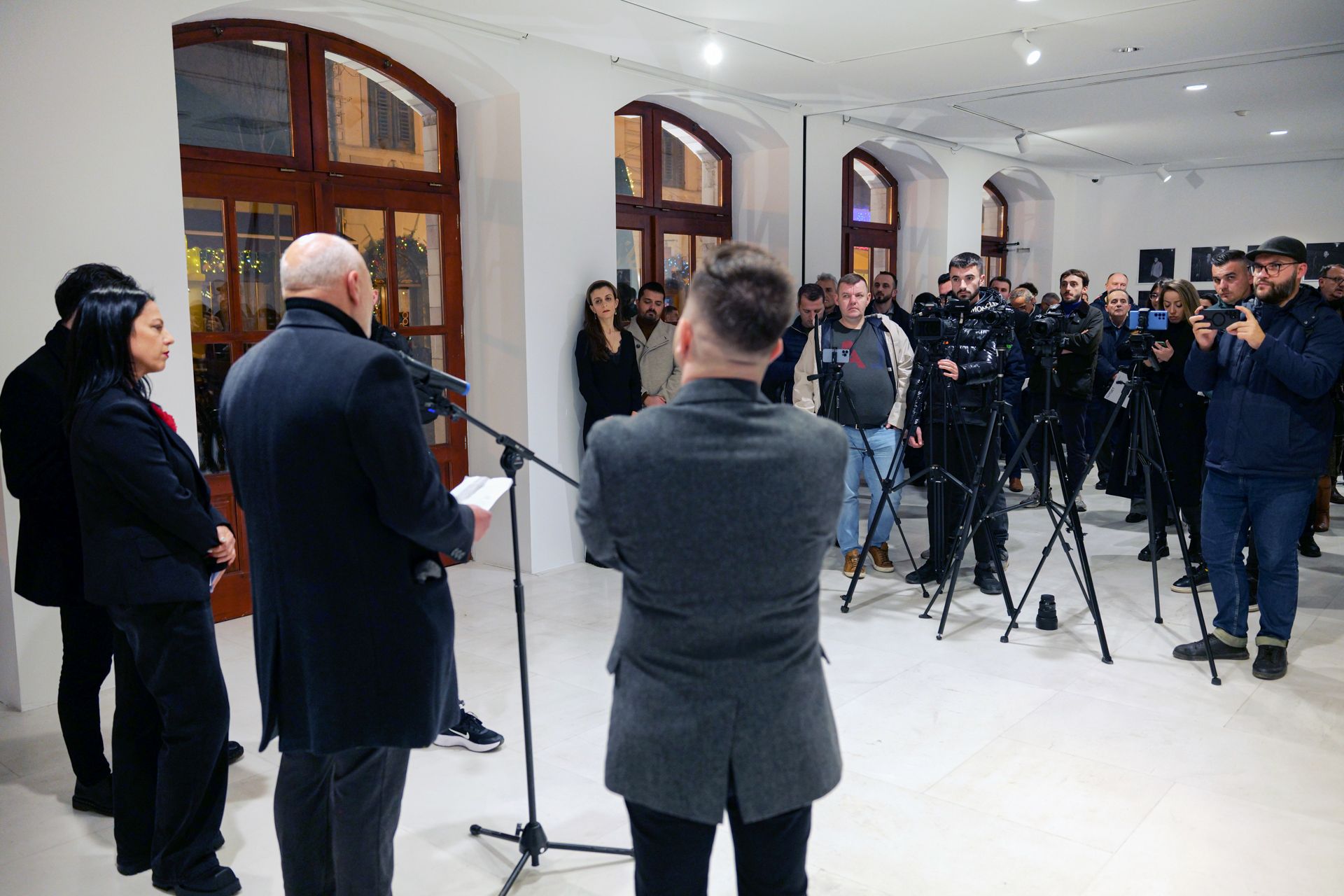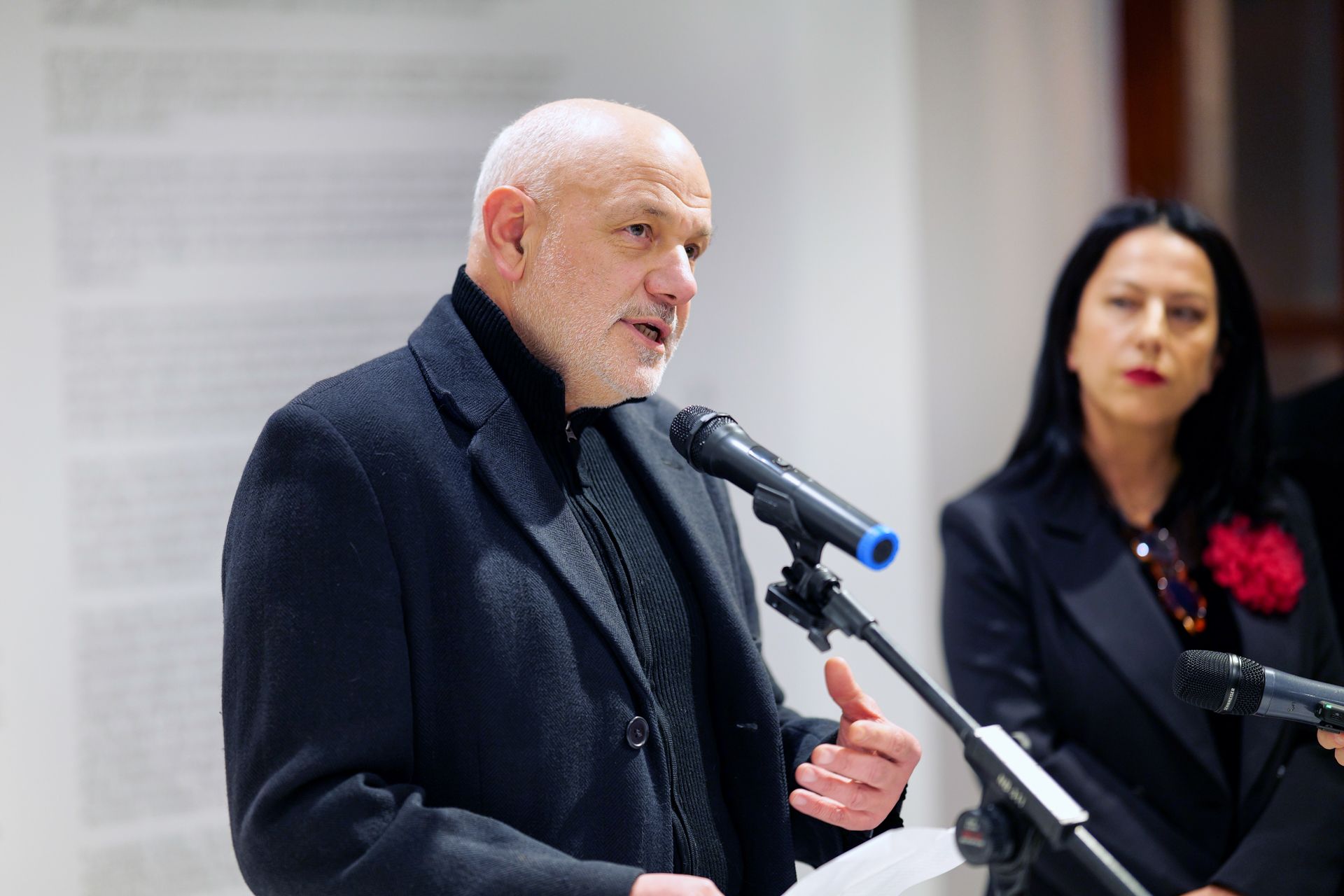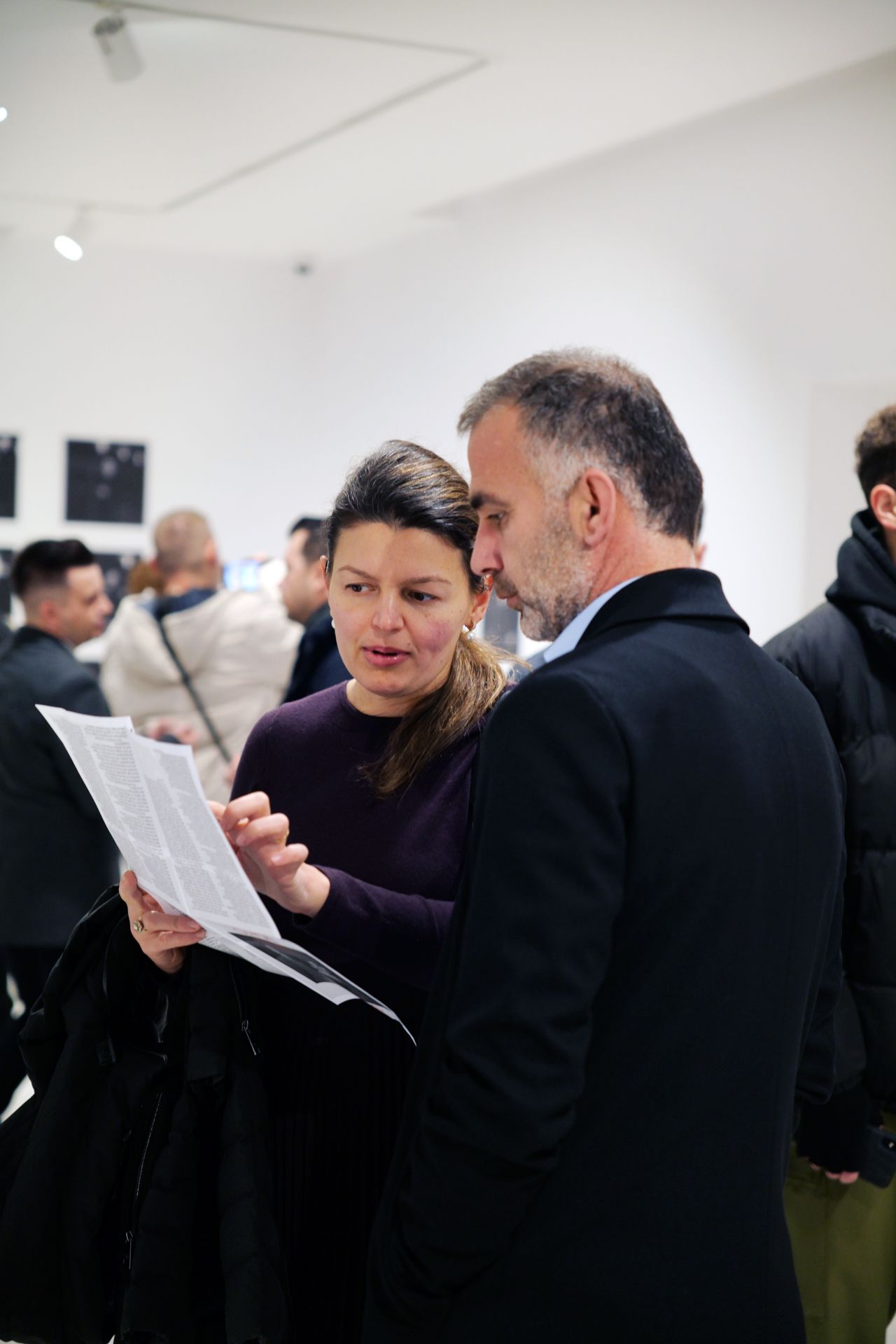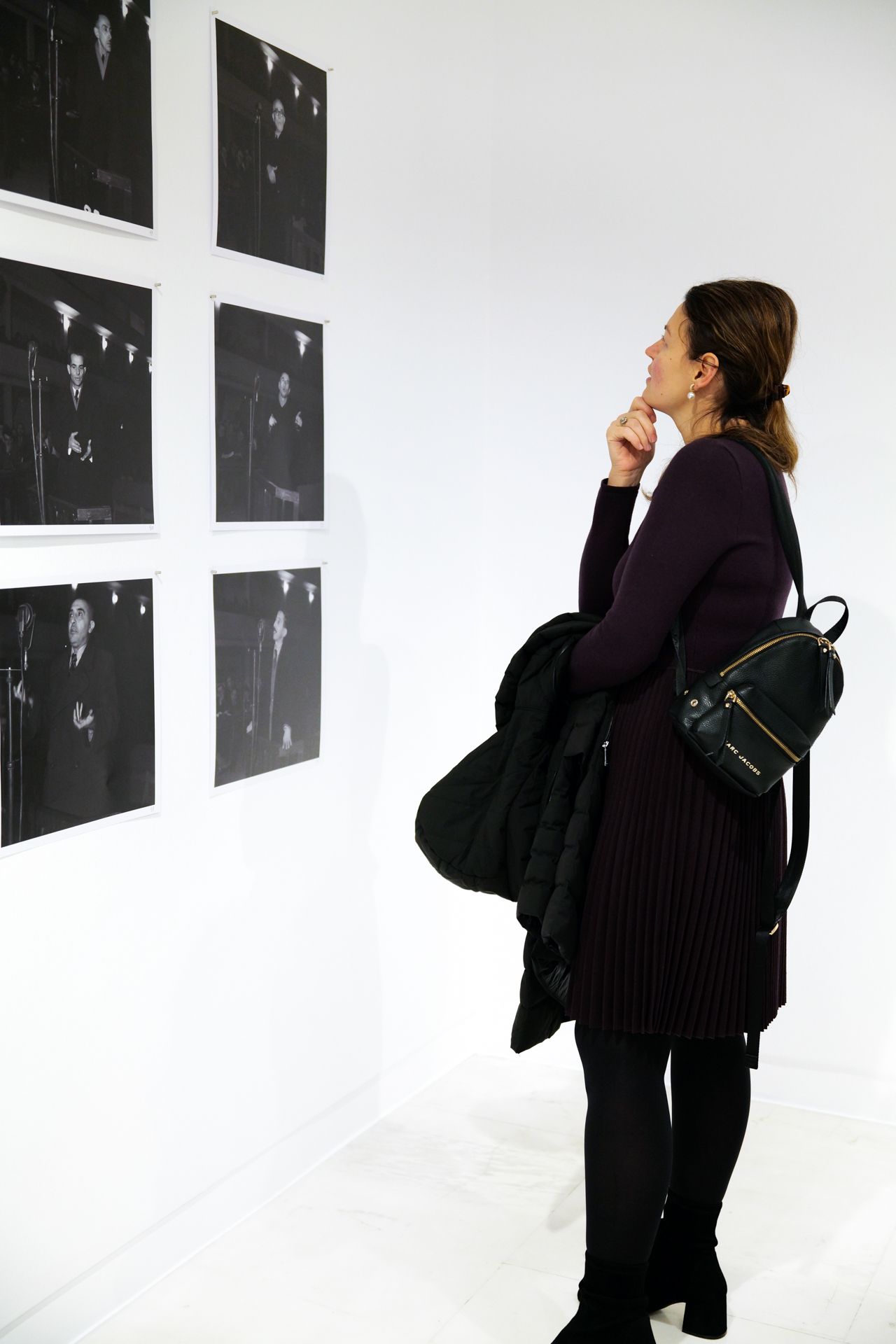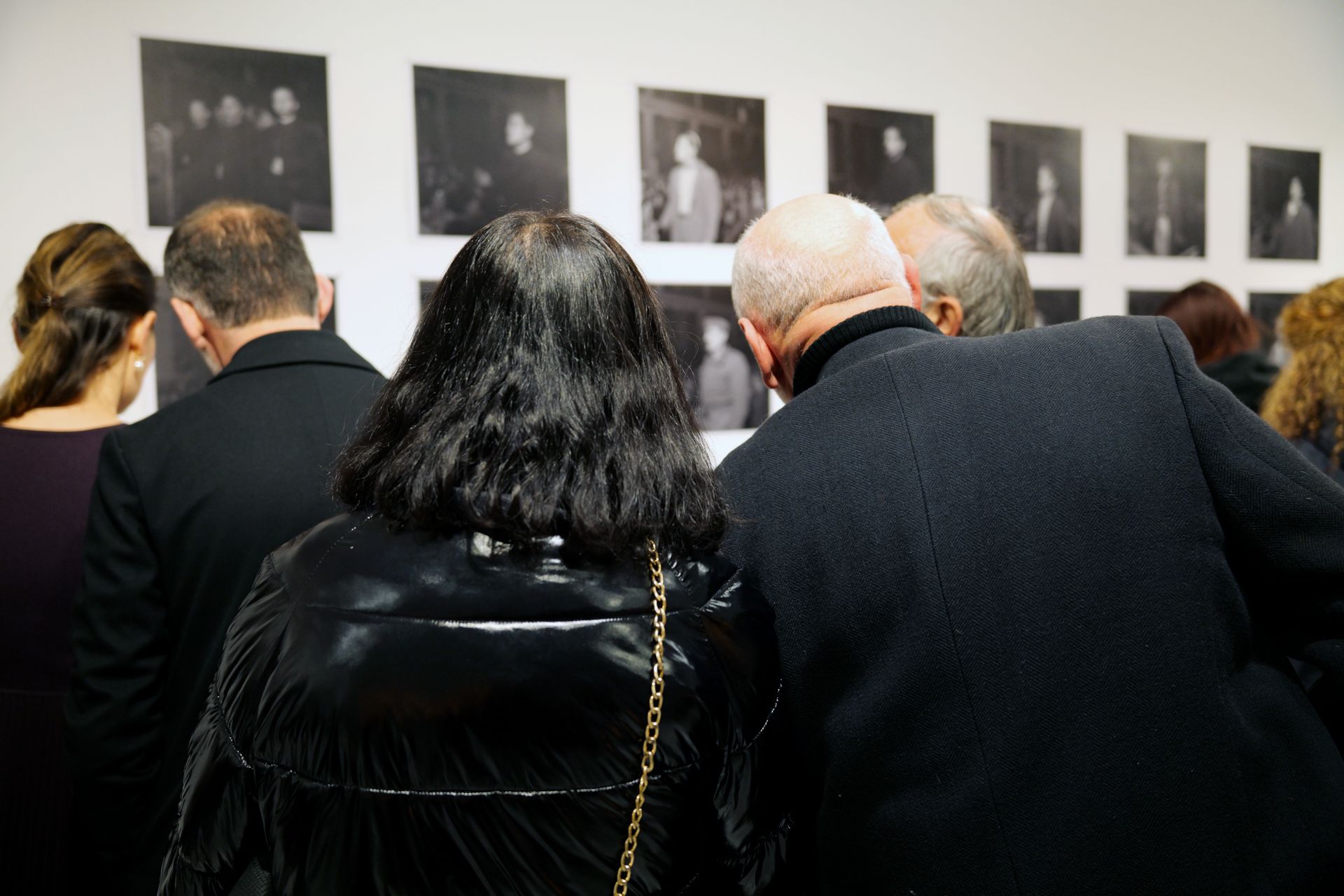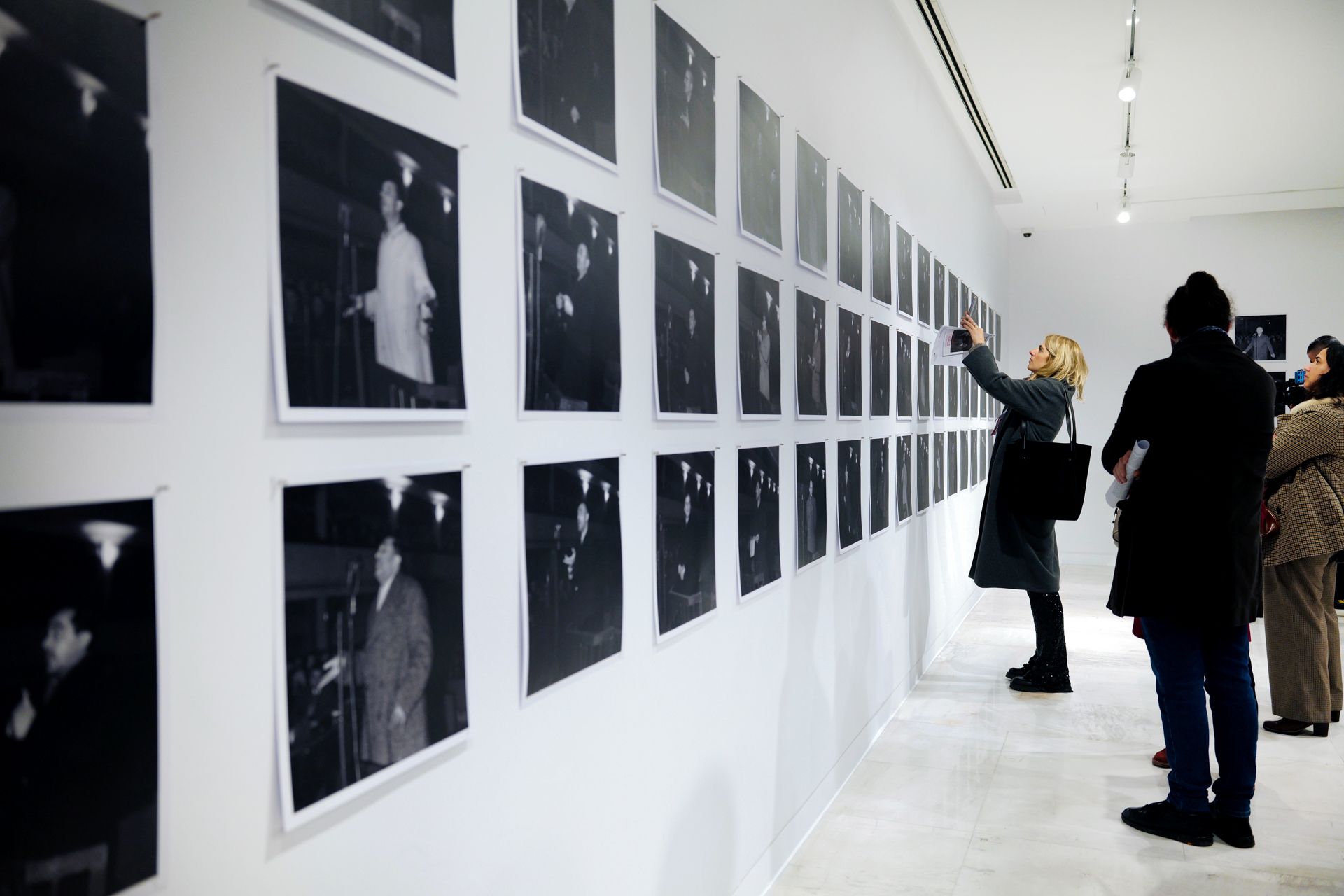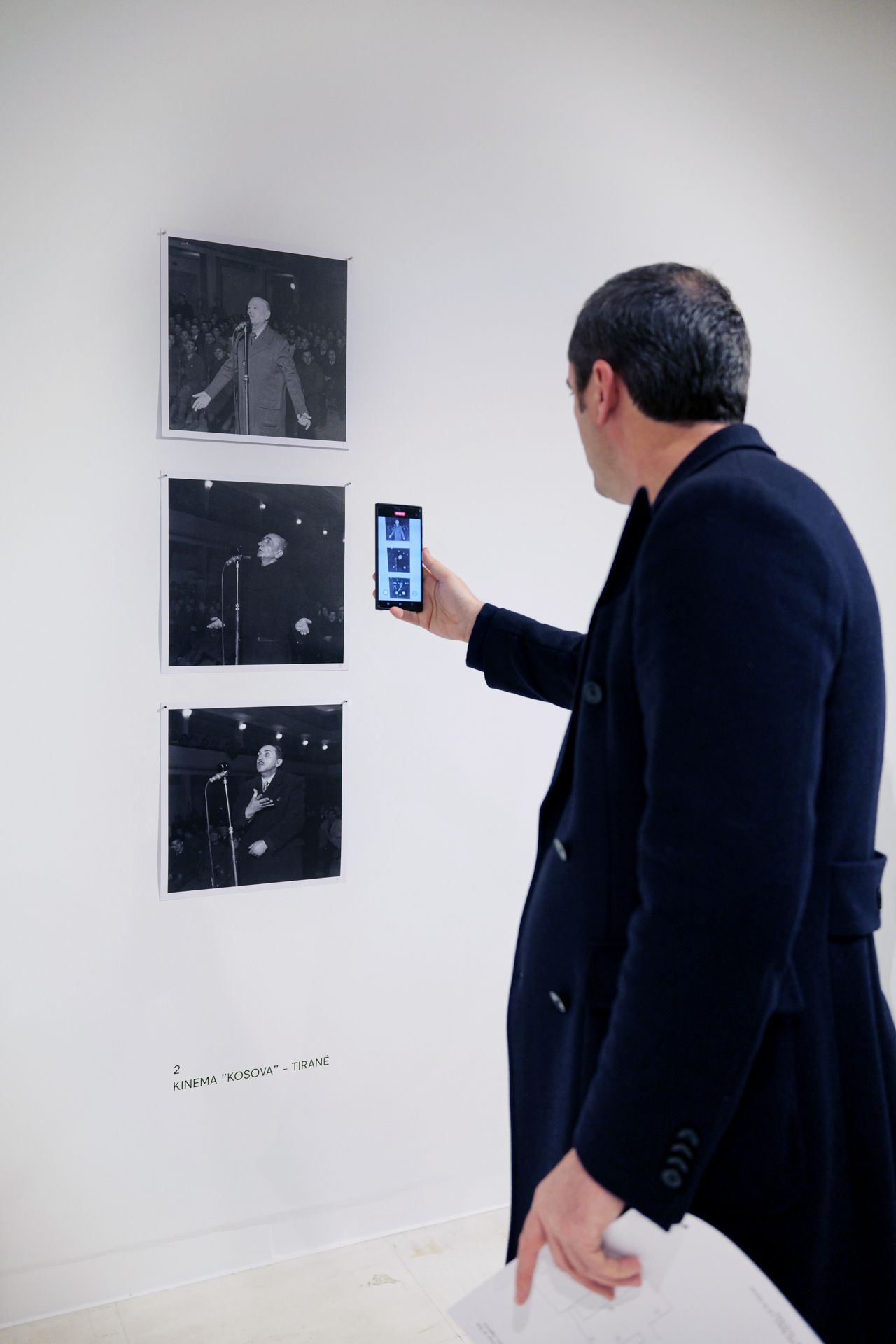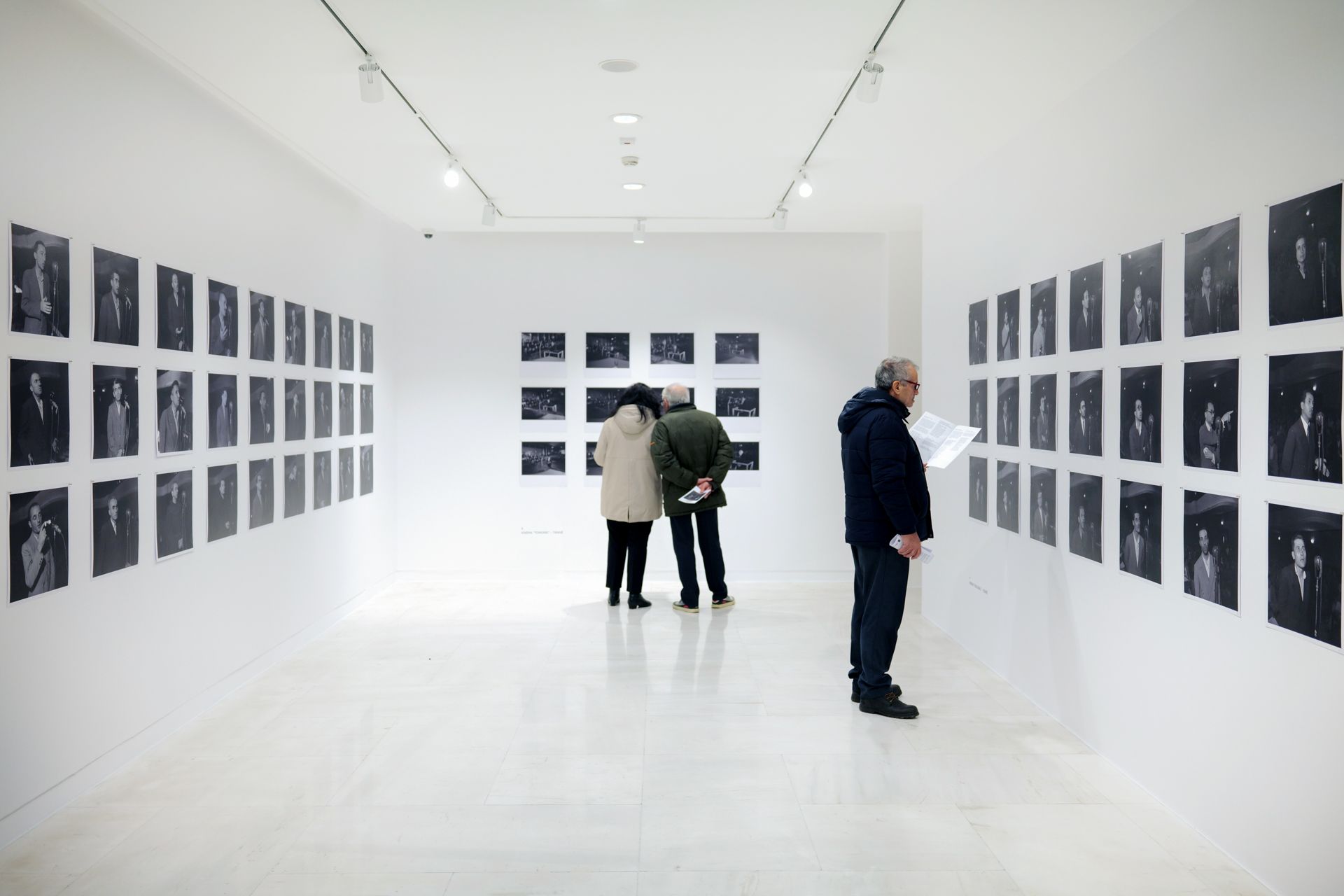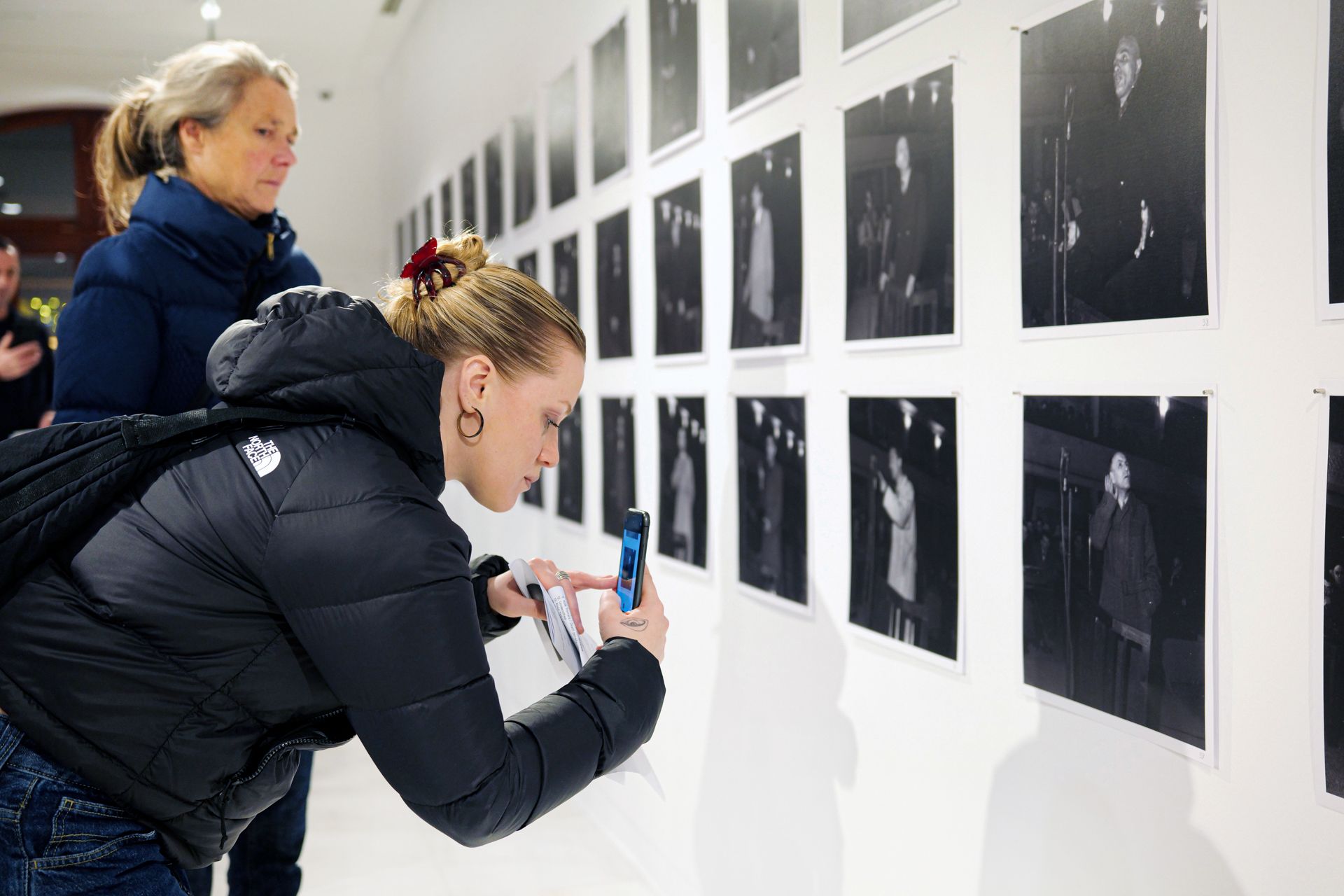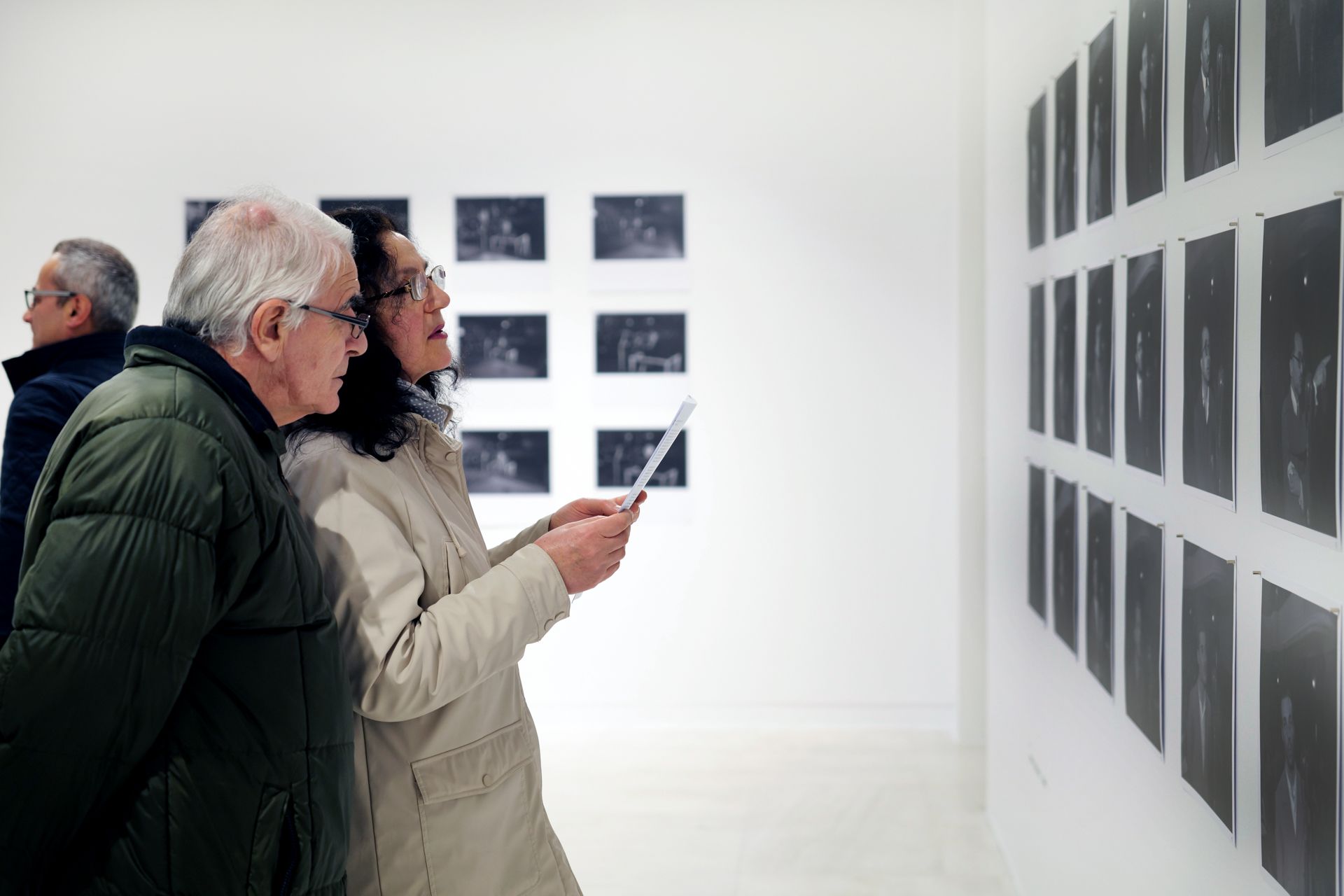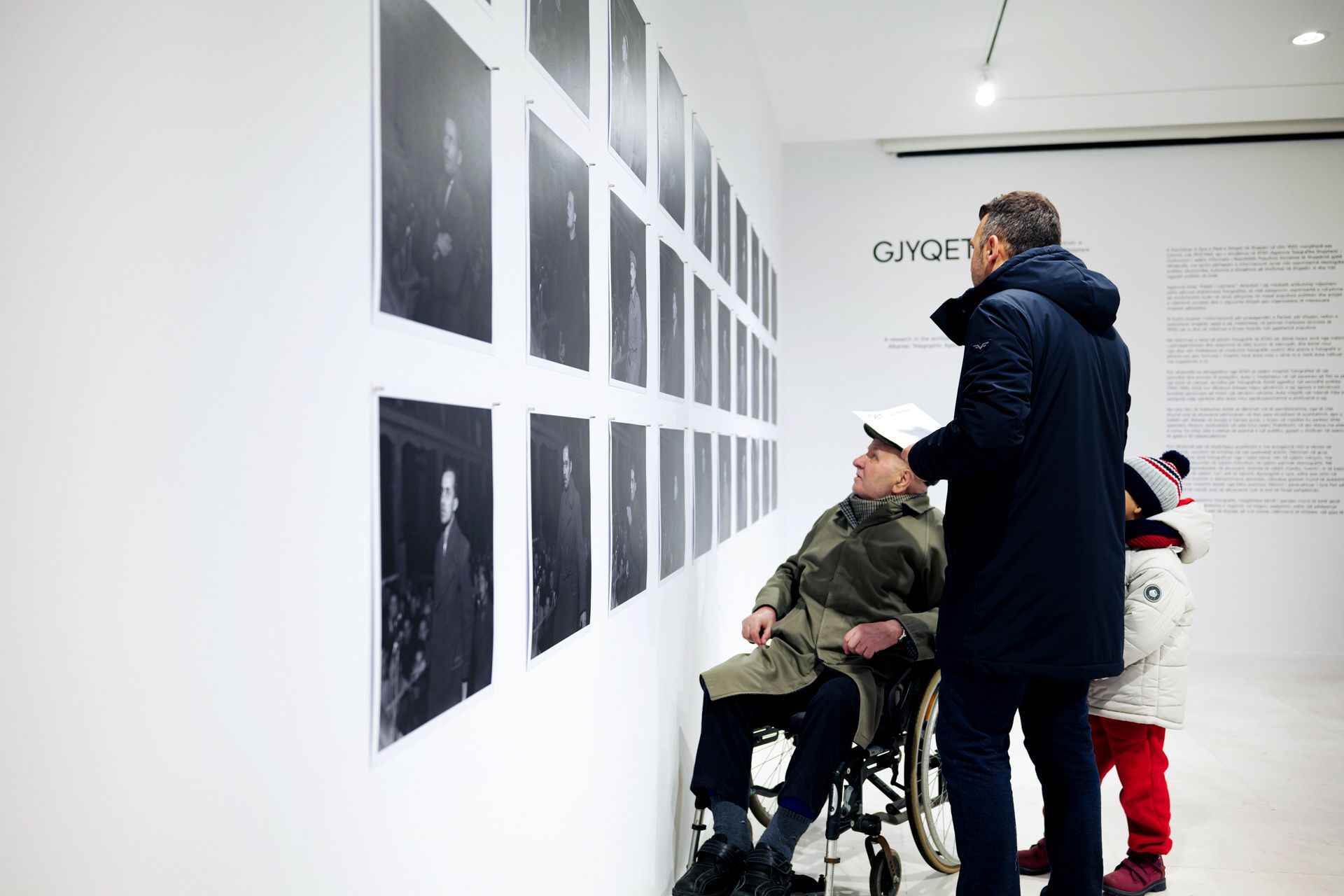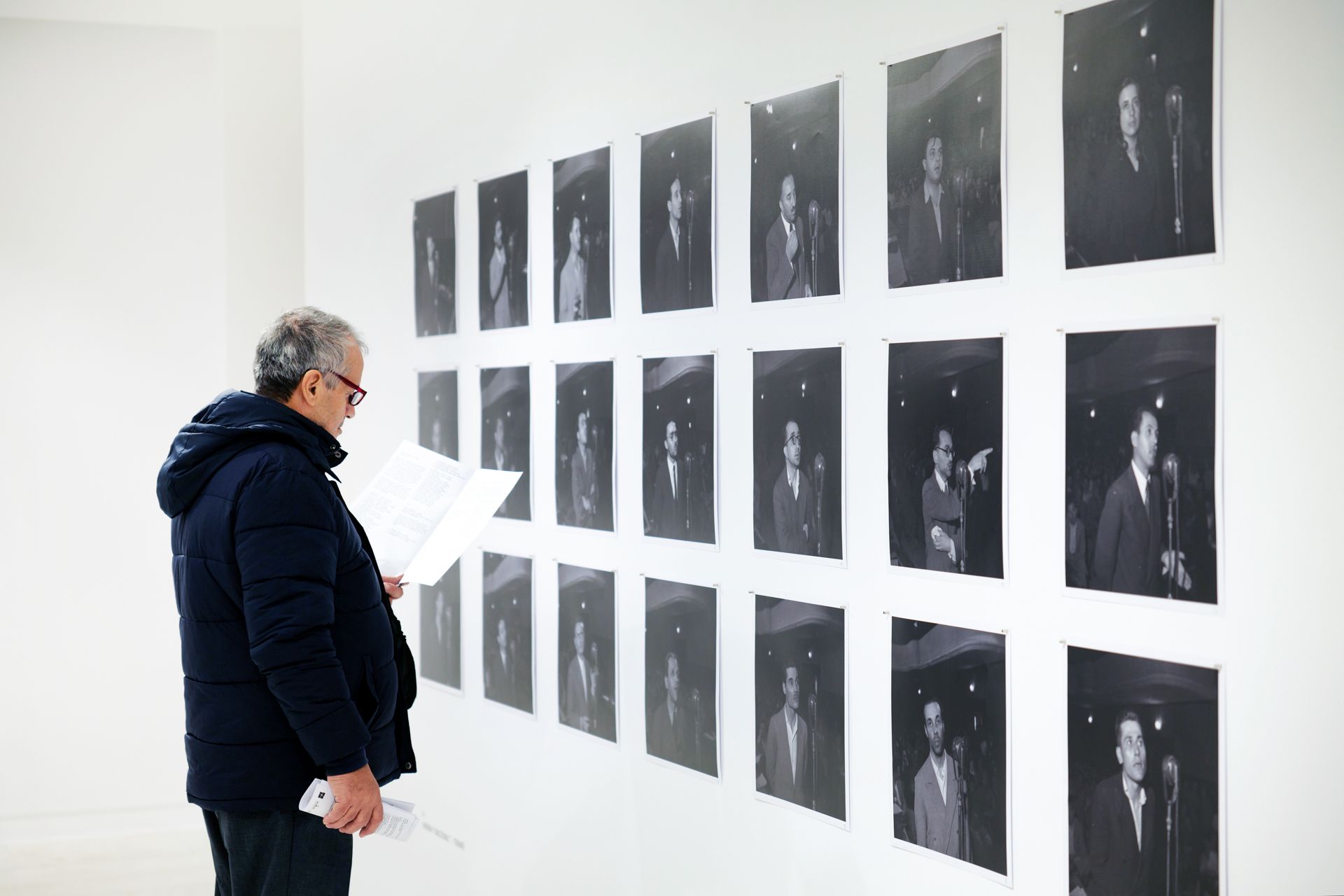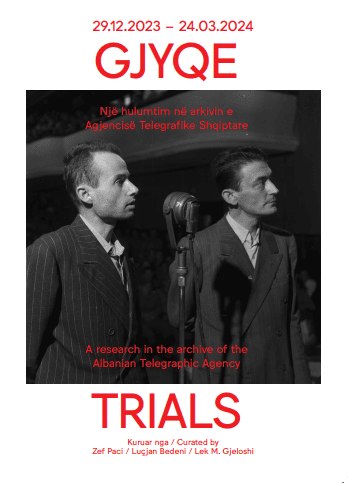Trials - A research in the archive of the Albanian Telegraphic Agency
–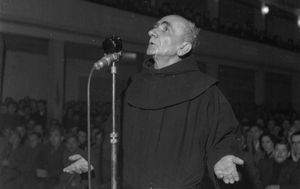
Originally established as the First Press Office in Albania in 1920, the institution underwent a transformation immediately after Liberation. On 29.12.1944, it became the Albanian Telegraphic Agency (ATA). During the dictatorship, ATA stood as the only informative body within the People's Socialist Republic of Albania aimed at disseminating official information regarding ideological, political, economic, cultural and social activities within Albania, as well as global political events. The Agency was the 'Palace of News'. Its media activities were notably articulated through photographic services, showing various activities taking place throughout the country, disseminating the policies and accomplishments of the socialist construction, and providing the press or interested organizations with respective images. and providing respective images for the press or the concerned organizations. As the primary source of information for the Party's propaganda, for press, radio and the Albanian television, its approach was rooted in the Marxist-Leninist principles of the Party of Labour of Albania (PLA), as well as in the teachings of Enver Hoxha on popular journalism. The ATA photographic archive researches have not followed to the practice of all-encompassing and thorough exploration of this vast source. Instead, the focus has shifted towards some fundamental aspects of the photographic medium: the posing of the subject and the presence of the photographer as a descriptor or shaper of the image, at times going unnoticed and at others influencing it with its suggestions. This exhibition exclusively showcases photographic images of the ATA from a specific period and process which lean into a paradox, speaking as much about a certain time frame as it does about photography itself.
It focuses on a political period (1945-1961), a time when the dictatorship openly displayed its aggressive and threatening stance towards individuals who held dissenting views, instilling a sense of fear and insecurity among people and augmenting its absolute power. What's noteworthy is that the harshest punishments, many of which led to hangings, executions by firing squads, decades of imprisonment and labor camps, took place in environments where spectacle and fiction were paramount— in cinema-theater halls. In those stages, with stalls and loggias where life or death was played out in front of an audience, the trials unfolded across long and consecutive sessions. This directive to arrogantly showcase the ritual of dispensing justice by the relevant authorities turned into a spectacle of anxiety. The collective sentences imposed on individuals were recorded from the same perspective, under the same lighting, with the same object requirements: the same microphone, the same staged ledge. In a hopeless attire and within the same environment, the accused 'acted' as if caught in the trap of the same 'role': that of the guilty party. Their defenses, although articulated in the setting and circumstances reminiscent of theatrical performances and despite their gestures possibly appearing as such, did not stem at all from those premises. Their predetermined sentencing speaks of farce trials (none of the accused managed to prove their innocence). In present times, this act of photographic documentation, despite its viewpoint potentially dictated by the regime, it undeniably presents another perspective: exposing something that was not intended to be shown; a trial of the photography of the trials.
Exhibition Credits
- Curated by
Zef Paci
Luçjan Bedeni
Lek M. Gjeloshi

